AutoCAD Blocks
cad-blocks.net is a well-organized, contemporary, and easy-to-navigate website where you can download over 5,000 CAD blocks files (dwg files) for use in architectural projects or designs using AutoCAD and other CAD applications.
These files were designed by architects, engineers, and draughtsman to make technical tasks easier, and they are compatible with AutoCAD 2021 and older versions.
The data are grouped into theme and subhepatic groups before being removed (only layer 0). There is no charge to download CAD Blocks, and no registration is required. CAD blocks are a collection of components that work together to form a 2D or 3D model.
They may be used to create drawing symbols, common components, and standard features that are utilized repeatedly. Blocks let you save time, maintain consistency, and reduce file size by allowing you to reuse and exchange material. Blocks in CAD AutoCAD blocks, like those from any other CAD application, are just files that may be used to create other files.
CAD Blocks
AutoCAD blocks are just files that may be put into other CAD files, much like any other CAD program's blocks.
Something as basic as this has huge benefits over traditional technical project creation, offering endless possibilities because any design may be incorporated into an existing drawing to complete, complement, and help us save time in our CAD project once we have created it.
The requirement for recurrent use of various elements in different projects led to the creation of CAD blocks. This CAD drawing now only has to be made once, the first time it is needed, owing to the blocks.
The Benefits of CAD Blocks
The biggest benefit is the enormous time saved while building technical projects, allowing for higher-quality graphic representations.
We can utilize any block or CAD file developed by other parties provided their usage is authorized in our project, therefore reusing AutoCAD blocks is not limited to our own designs.
Furthermore, organizations that produce items or building systems frequently generate their own product libraries in .dwg or .dxf formats with the commercial goal of stating the need for their products or technical solutions in projects and selling them on their websites.
Another benefit of utilizing AutoCAD blocks is that they save file space by storing just the data for a single block or block entity, whether it is repeated two or twenty times. Another benefit is that if we need to replace some of the blocks in our drawing, we may do it using the block editor and simply change a few of them.
Because it is a single entity, any changes made to it and saved will be reflected in the remaining blocks.
When building CAD blocks, there are a few things to keep in mind.
When producing a design or drawing with the intention of subsequently using it as a block, the following principles must be considered as a minimum for effective block usage:
One: It is preferable to create the entire block in layer 0, as a result of which, if we insert a block of a bed or a table in the "furniture" layer, for example, the inserted block acquires that layer, and the inserted bed behaves like the rest of the elements in that layer when we manage the layers, activating or deactivating them.
Two: we must double-check the units in which we make our blocks, as they must match the units in which we regularly operate.
Three: by stating the insertion point and confirming this, as well as the preceding one, we prevent time-consuming instances in which a block we've placed isn't visible or locatable, resulting in major aggravation and wasted effort. Typically, the insertion point is a point on the drawing.
Four: We need to look at the types of essential components we use in our blocks, such as letters, lines, and shading, since if these elements aren't in our library of these elements (usually the standard one), they won't be represented or will be substituted by others when we add the CAD block.
Five: it's extremely typical for people to maintain hold of old AutoCAD versions like v2000, v2004, and so on, therefore if the block was generated with more modern versions like 2013, or 2018, we won't be able to open it in our drawing. In these cases, we may use the Autodesk DWG True View tool, which not only serves as a reader for a range of graphic files, but also allows them to be converted into the many versions that are presently accessible.
Other languages have different names for AutoCAD blocks.
French: cad furniture blocks, trees, automobiles, restrooms, kitchens, doors, office furniture, trellis, exercise equipment, people, signs, stairwells, laminated profiles
German: cad blöcke möblel, baumes, fahrzeuge, badezimmer, kochen, türen, büromöbel, schlosser, fitnessgeräte, menschen, signale, treppe, stahlprofil
Block Basics
A block is a real-world item made up of different AutoCAD object types. It may be a chair, a manhole, a door, a utility pole, or anything else.
Do you want to know how to make a block in AutoCAD? There are a couple of options. Here, we'll go through how to construct a block and some techniques for getting blocks to do what you want.
Getting to Know Blocks
Let's imagine we want to construct a telephone manhole sign out of a collection of CAD elements. Furthermore, the manhole may be used to demonstrate that it is already in place or that it is being considered, and each one must resemble the picture on the right.
You could create two blocks, each with its own layer attributes, or you could take advantage of an AutoCAD feature.
To begin, everything in AutoCAD, even blocks, is placed on a layer and has object attributes (such as color, linetype, lineweight, and so on). The things "within" the block, on the other hand, can be placed on their own levels. When you place a group of items on their own layers, AutoCAD "locks in" the layer on which they are placed. None of the AutoCAD objects will resemble the block's characteristics, regardless of whatever layer the block is on.
This is when layer 0 enters the picture. You may use AutoCAD's interesting feature where any items in the block that are on layer 0 (and set to ByLayer) will inherit the block's layer settings.
With AutoCAD, how to make a block
Set all the items to layer 0 and set the attributes to ByLayer to leverage the layer 0 capabilities in your block.
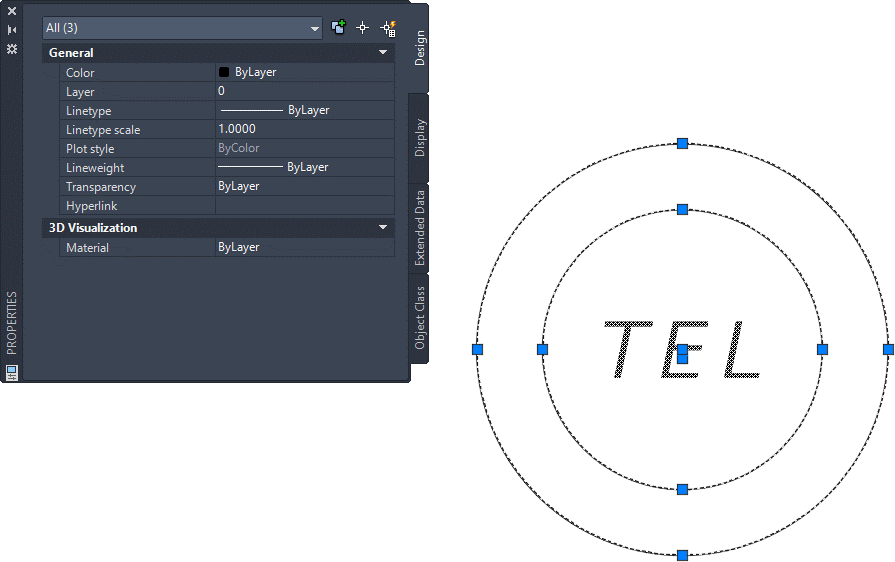
To open the Block Definition dialogue box, type "B" in the command line. Give the block a name starting on the left and working your way to the right.
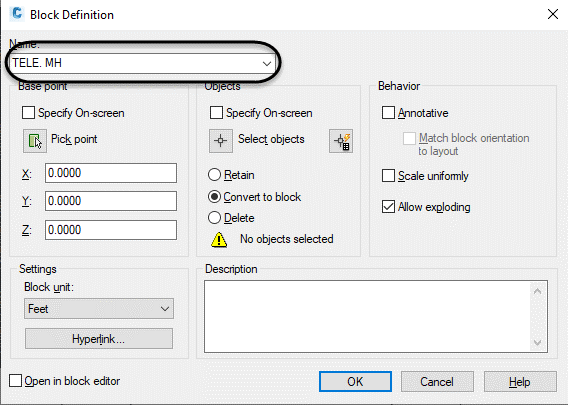
Now you must tell AutoCAD where to place the insertion point. In other words, when you position the block, the location at which the block appears at your cursor is the point about which the block appears.
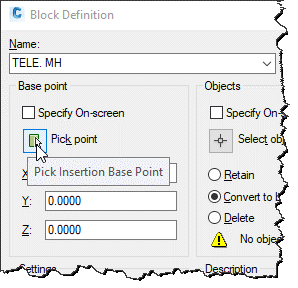
Choose the center of the circle by pressing the Pick point button.
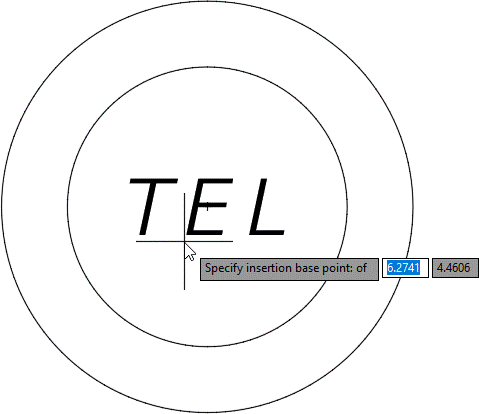
Select the objects you'd like to store in the block by clicking the Select Objects button.
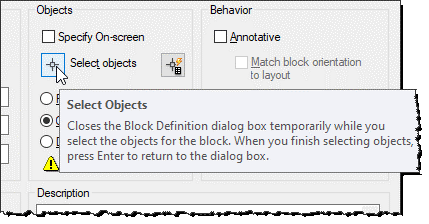
Keep in mind that the Block unit setting is important. AutoCAD doesn't know what units you used to construct the object, so this is where you tell it. You may use this setting to automatically scale the block and insert it into other drawings with different units.
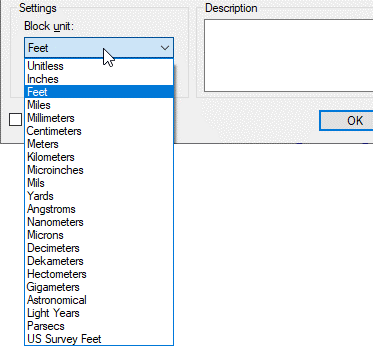
If you have many block instances in a design, the objects inside the blocks will inherit the block's layer attributes for the layer on which each block is placed. The leftmost block is on the layer Manhole Tel ep (existing), whereas the rightmost block is on the layer Manhole Tel (proposed). Take note of the grasp at the block's middle. This is the specified insertion place.
ByBlocks property
Let's have a look at the ByBlock property now. "What the hell is this property for?" I'm asked all the time. It's not all that tough to comprehend. The ByBlock property lets you to utilize the block's property to update the individual object properties in the block (e.g., color, linetype, lineweight, etc.)
Take a look at the following example. If I alter the color, linetype, and lineweight properties of the outside circle to ByBlock, I may modify the blocks' properties as well, and the circle will be changed.

How to Make a Block in AutoCAD in a Flash
The last topic I'd like to cover is how to quickly and simply design a block in AutoCAD. To define the block, first hit CTRL+SHIFT+C on the keyboard, then snap to the "insertion" point where you want it to be defined. Then, with ENTER, choose the items from which you wish to build a block.
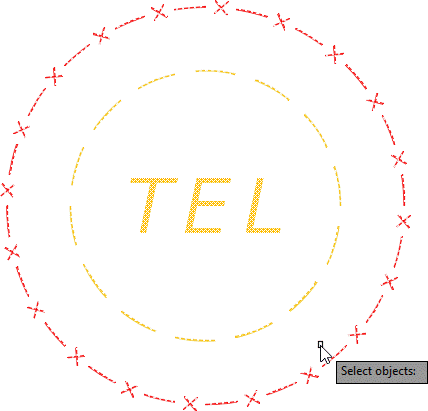
All you have to do now is hit CTRL+SHIFT+V (Paste as Block) to get an unnamed block.